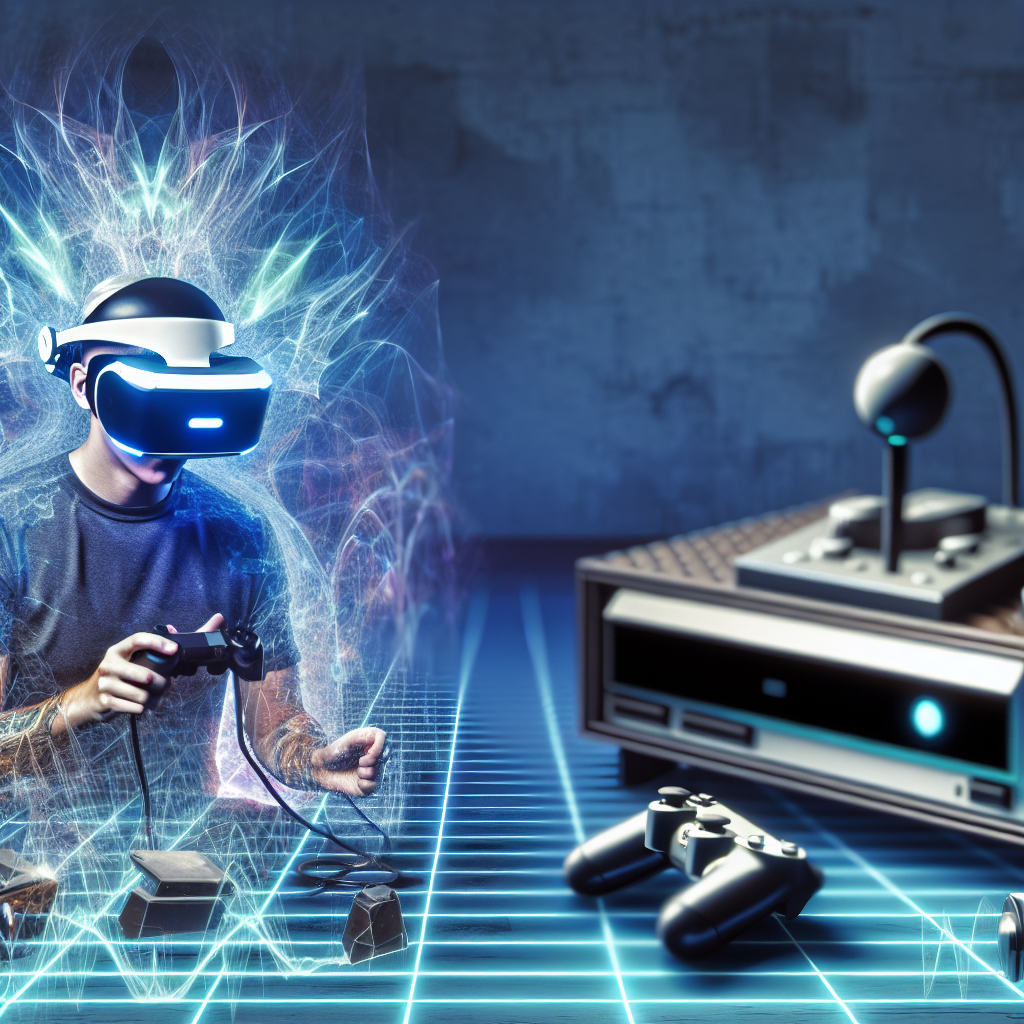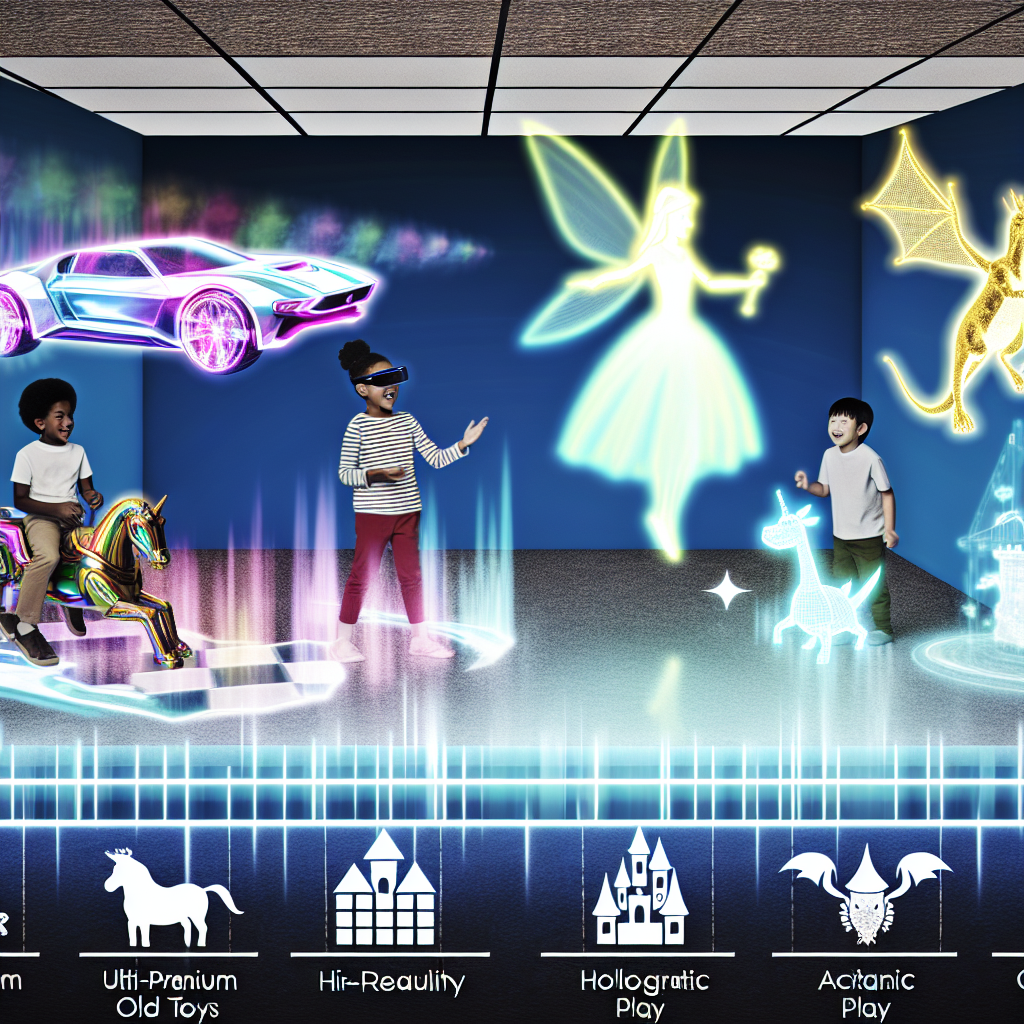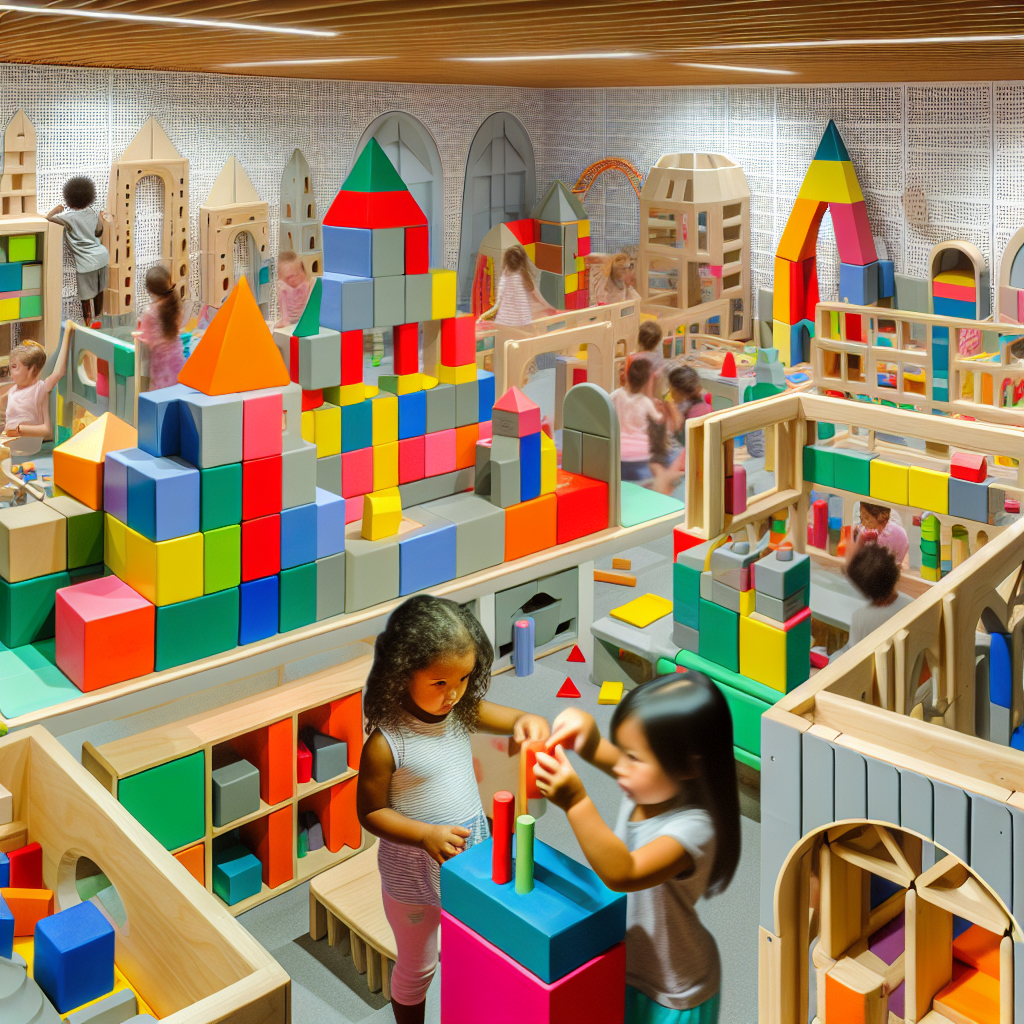Neurofeedback-Enhanced Gaming: The Premium Alternative to Traditional Video Games
Redefining Family Entertainment: A Smarter, Healthier Way to Game
In the digital arena where high-octane visuals and dopamine-fueled mechanics dominate the traditional gaming landscape, many affluent parents are beginning to question whether these hyper-stimulating games contribute more harm than benefit to their children’s cognitive development.
Screen addiction, decreased attention spans, emotional dysregulation, and physical inactivity are troubling side effects increasingly linked to standard video games. Enter a revolutionary solution for discerning families seeking a blend of luxury, innovation, and intellectual enrichment: neurofeedback-enhanced gaming.
Using real-time brainwave monitoring via EEG (electroencephalogram) headsets, these sophisticated systems empower players to not only interact with digital environments but also navigate them using desired mental states like focus, calmness, or emotional clarity. These ultra-premium platforms don’t just entertain—they help train the brain, deepen attention, and build emotional resilience over time.
For luxury-minded families, the priorities have significantly evolved. Rather than focusing solely on material extravagance, today’s elite parents are prioritizing cognitive and emotional development as the ultimate form of intellectual capital. With neurofeedback gaming, families no longer have to choose between engaging play and meaningful mental enrichment—they can have both seamlessly integrated.
The New Gold Standard of Child Enrichment: Brain-Based, Behaviorally Smart Gaming
Unlike traditional games that rely on rapid-fire stimuli, instant gratification, and reward loops based on reflexes, neurofeedback-enhanced games are purposefully designed to improve cognitive, emotional, and behavioral skills. This is not just fun—it’s functionally beneficial for child development.
For instance, a pivotal study published in Pediatrics found that children with ADHD who underwent 40 sessions of game-based neurofeedback showed significant improvements in attention and reduced impulsivity—comparable to medication but without undesirable side effects.
Further reinforcing these findings, a 2016 report in the Journal of Neural Engineering revealed that even just a few weeks of EEG-driven attention and working memory games positively impacted academic performance.
Universities and academic institutions such as the Brain Performance Institute at the University of Texas at Dallas are now incorporating these same technologies into their youth and elite performance programs. These implementations aim to enhance attention control, executive function, and mental agility—critical traits for success in today’s fast-moving world.
Tech-Forward Brands Are Elevating Luxury Learning Experiences
Leading the way are pioneering companies like Muse, Narbis, and MindMaze, who are collaborating with top-tier neuropsychologists, therapists, and AI developers to create refined neurofeedback gaming platforms. These experiences are often tailored to specific developmental stages, using a mix of biometric feedback, adaptive storytelling, and real-time performance tracking to optimize brain growth.
These personalized systems adapt in complexity as your child’s skills improve, offering a progressive gaming path that aligns with cognitive development. Moreover, the integration of gamification with behavioral science makes these tools highly engaging while delivering long-term developmental benefits.
Neurofeedback no longer lives solely in academic labs or elite clinics—it’s making its way into the home wellness tech market. Upscale offerings now include sleek, designer-branded neurofitness stations reminiscent of the Peloton of mental training, as well as spa-like sanctuary rooms equipped with ambient lighting, ergonomic seating, and multi-sensory feedback.
Even luxury resorts and mindfulness retreats are incorporating neurofeedback gaming lounges designed for family bonding, emotional rejuvenation, and peak mental performance.
Cognitive Wellness is the New Generational Wealth
Today, progressive families are seeking not just leisure—but legacy. Neurofeedback-enhanced gaming isn’t just a novel way to pass time; it represents an investment in one’s most priceless asset—mental wellness.
This new paradigm understands that cognitive health, emotional intelligence, and psychological resilience are the true markers of long-term success. As early childhood builds the foundation for future academic, social, and career achievement, adopting science-backed enhancement tools can yield lifetime dividends.
Gone are the days when screen time was a passive or guilty experience. With neurofeedback-enhanced platforms, families gain screen time that nurtures focus, fosters patience, and strengthens executive function. This is more than gaming—it’s life training disguised as play.
Whether as an alternative to traditional tutoring, a supportive tool for neurodiverse learners, or an enhancement tool for gifted young minds, these systems deliver critical skills needed to thrive in the 21st century.
References
– Arns, M., Heinrich, H., & Strehl, U. (2014). Evaluation of neurofeedback in ADHD: The long and winding road. Pediatrics, 133(3), 483–490.
– Enriquez-Geppert, S., Huster, R. J., & Herrmann, C. S. (2016). EEG-Neurofeedback as a tool to modulate cognition and behavior: A review tutorial. Journal of Neural Engineering, 13(4), 046017.
– Center for BrainHealth – University of Texas at Dallas
– Muse by Interaxon
– Narbis Smart Glasses for Focus
– MindMaze – Neurotechnology Company
Ready to Level Up Your Family’s Brainpower?
🧠✨ Want to bring neurofeedback-enhanced gaming to your home? Share your thoughts, tag a tech-forward parent, or explore how brain-optimizing play can revolutionize your family’s screen time and intellectual future.

Dominic E. is a passionate filmmaker navigating the exciting intersection of art and science. By day, he delves into the complexities of the human body as a full-time medical writer, meticulously translating intricate medical concepts into accessible and engaging narratives. By night, he explores the boundless realm of cinematic storytelling, crafting narratives that evoke emotion and challenge perspectives. Film Student and Full-time Medical Writer for ContentVendor.com



